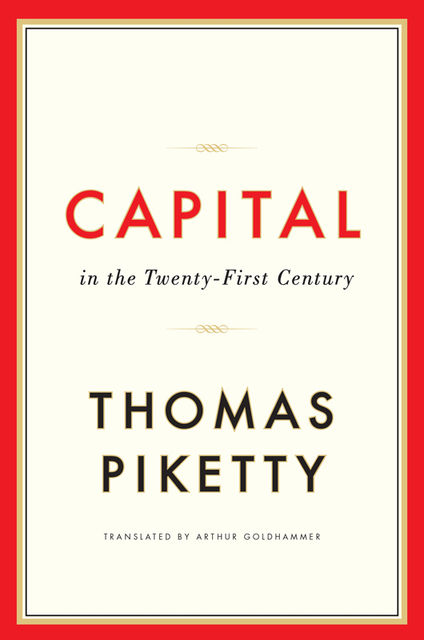
en
Olvassa alkalmazásunkban:
iOS
·Android
Capital in the Twenty-First Century
Ez a könyv jelenleg nem érhető el
1136 nyomtatott oldalak
Több információ a könyvről
Idézetek
- Tarlan Asadliidézett8 évvel ezelőttI will temporarily set aside
- Dmitry Naumenkoidézett3 évvel ezelőttrom the standpoint of people with the means to lend to the government, it is obviously far more advantageous to lend to the state and receive interest on the loan for decades than to pay taxes without compensation.
- Dmitry Naumenkoidézett3 évvel ezelőttThe median forecast shown on Figures 2.2–5 is optimistic in two respects: first, because it assumes that productivity growth in the wealthy countries will continue at a rate of more than 1 percent per year (which assumes significant technological progress, especially in the area of clean energy), and second, perhaps more important, because it assumes that emerging economies will continue to converge with the rich economies, without major political or military impediments, until the process is complete, around 2050, which is very rapid. It is easy to imagine less optimistic scenarios
fb2epub
Húzza és ejtse ide a fájljait
(egyszerre maximum 5-öt)





